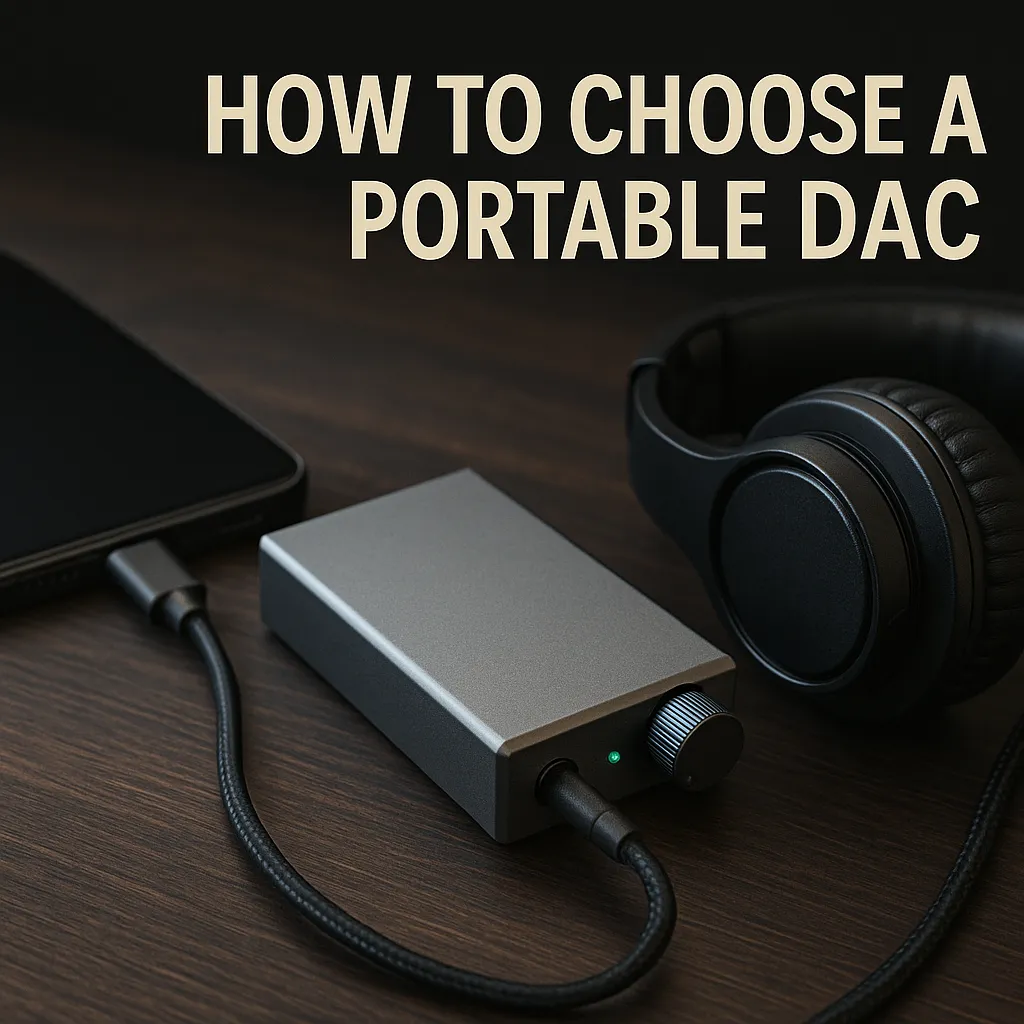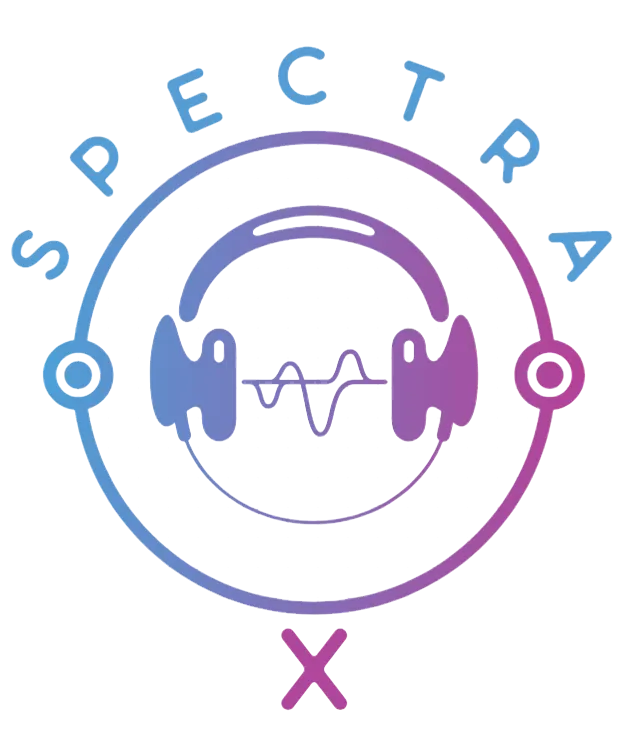
If you’re serious about audio quality, your smartphone or laptop’s built-in sound chip just won’t cut it anymore. With the rising popularity of Hi-Res streaming, lossless audio, and premium headphones, more people are turning to portable DACs (Digital-to-Analog Converters). But in 2025, the market is saturated. Every other device promises studio-quality sound — so how do you pick the one that actually delivers? Let’s break it down, step by step.
Why You Even Need a DAC in the First Place
Most built-in audio chips are compromise-driven. They prioritize battery life and compact design — not rich sound. A portable DAC, on the other hand, bypasses those weak internal components and does three important things:
- Converts digital audio into analog with far fewer distortions
- Improves dynamic range, clarity, and soundstage
- Powers your headphones with better amplification than your phone ever could
In short, you hear your music the way it was meant to be heard — detailed, textured, and immersive. If you’re using high-end IEMs or studio headphones, the difference is night and day.
What to Look for When Buying a DAC in 2025
Here’s where it gets real. Not all DACs are created equal, and specs actually matter.
1. Connection Type
- USB-C or Lightning — ideal for modern phones and tablets
- USB-A or USB-C — for laptops and desktops
- Check if adapters or dongles are included — versatility matters
Don’t get stuck with a DAC that doesn’t fit your device.
2. Audio Format Support
- PCM: Look for up to 384 kHz / 32-bit or higher — standard for lossless files
- DSD: Perfect for audiophiles — formats like DSD64 or DSD128 are must-haves
- MQA: Needed if you use Tidal’s Master Quality tracks
Make sure your DAC matches the quality of your music source.
3. Amplifier Power
Headphones aren’t all the same. Your DAC must drive them properly:
- <1W Output: Great for IEMs or portable headphones
- 100–300 mW @ 32Ω: Suitable for full-size, high-impedance cans (>150Ω)
A weak amp will make even the best headphones sound dull.
4. Signal Clarity (SNR and THD+N)
- SNR >110 dB and THD+N <0.005% — these are signs of a clean, transparent DAC
- Higher signal-to-noise ratio = less hiss and better detail
- Lower total harmonic distortion = more accurate playback
It’s not just numbers — these specs affect every note you hear.
5. Size and Build Quality
- Go compact — daily carry demands it
- Metal chassis is preferred: stronger, more durable, better EMI shielding
Plastic DACs often fail under daily wear or electromagnetic interference.
6. Compatibility and Features
- Supports Android, iOS, Windows, macOS — no drivers needed
- Volume control, LED indicators, and auto-detection add to user-friendliness
Nothing’s more frustrating than a DAC that needs fiddling every time.
Mistakes to Avoid When Shopping for a DAC
You’d be surprised how often people overlook the obvious. Here’s what not to do:
- Don’t buy on brand name alone — some famous brands sell outdated models
- Match the DAC to your headphones — underpowered DACs won’t drive your gear
- Don’t ignore your setup — using a bulky desktop DAC on the go is impractical
- Skip overkill features — if you’re on Spotify, you don’t need DSD or MQA
Always choose based on your actual use case — not marketing hype.
User-Based Recommendations: What DAC Is Right for You?
Here’s a quick guide to help you match your lifestyle to the right kind of DAC:
| User Type | What to Prioritize | Recommended DAC Type |
|---|---|---|
| Mobile Listener | Portability, USB-C, auto-detect | Plug-and-play USB DAC |
| Audiophile | Hi-Res support, DSD, strong amp | DAC with line-out and swappable amplifier |
| Gamer / Streamer | Wide soundstage, low latency | DAC with low jitter and spatial clarity |
| Musician / Producer | Neutral tone, accuracy, minimal distortion | Precision DAC with balanced output profile |
Each use case demands different features — don’t generalize.
